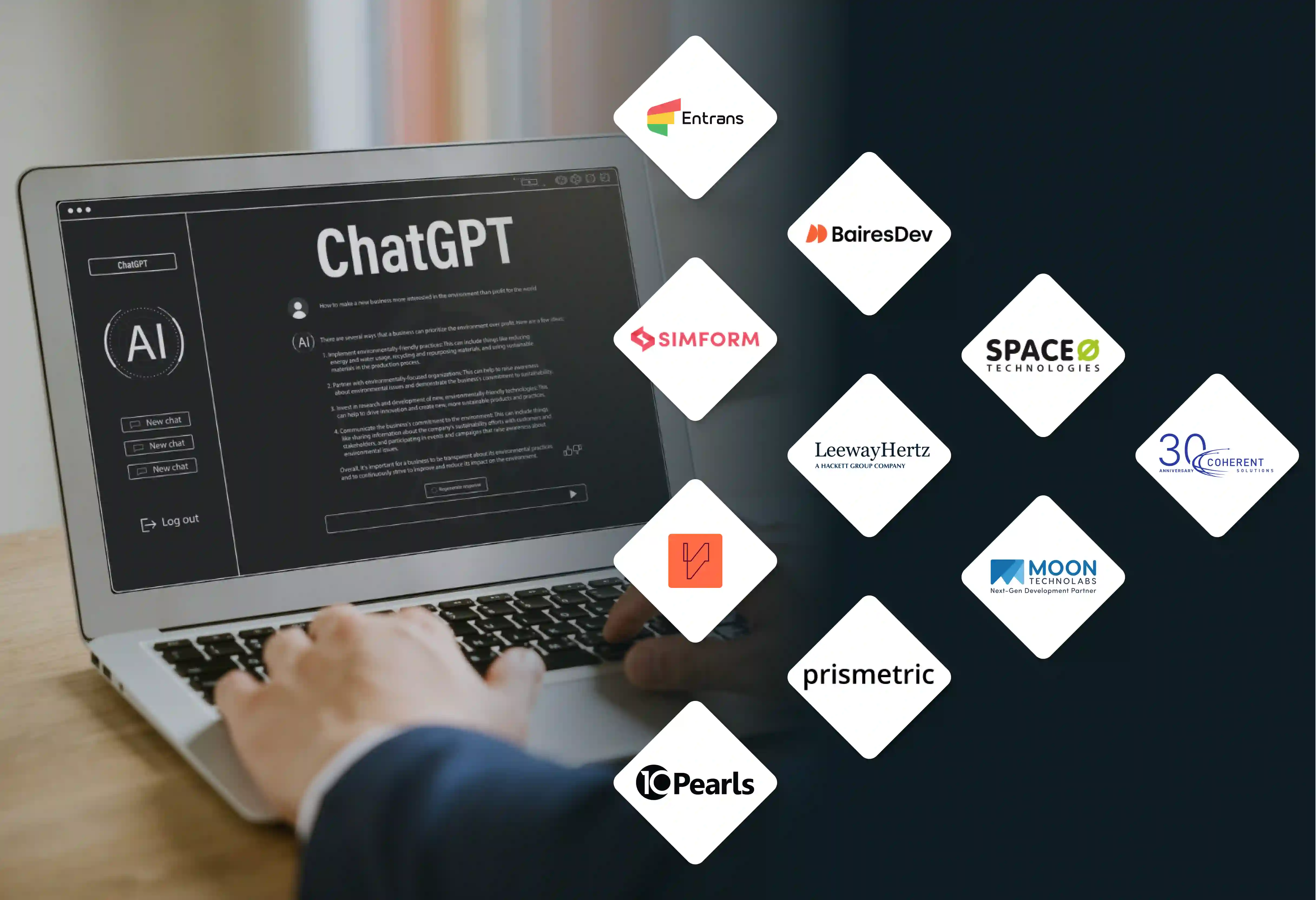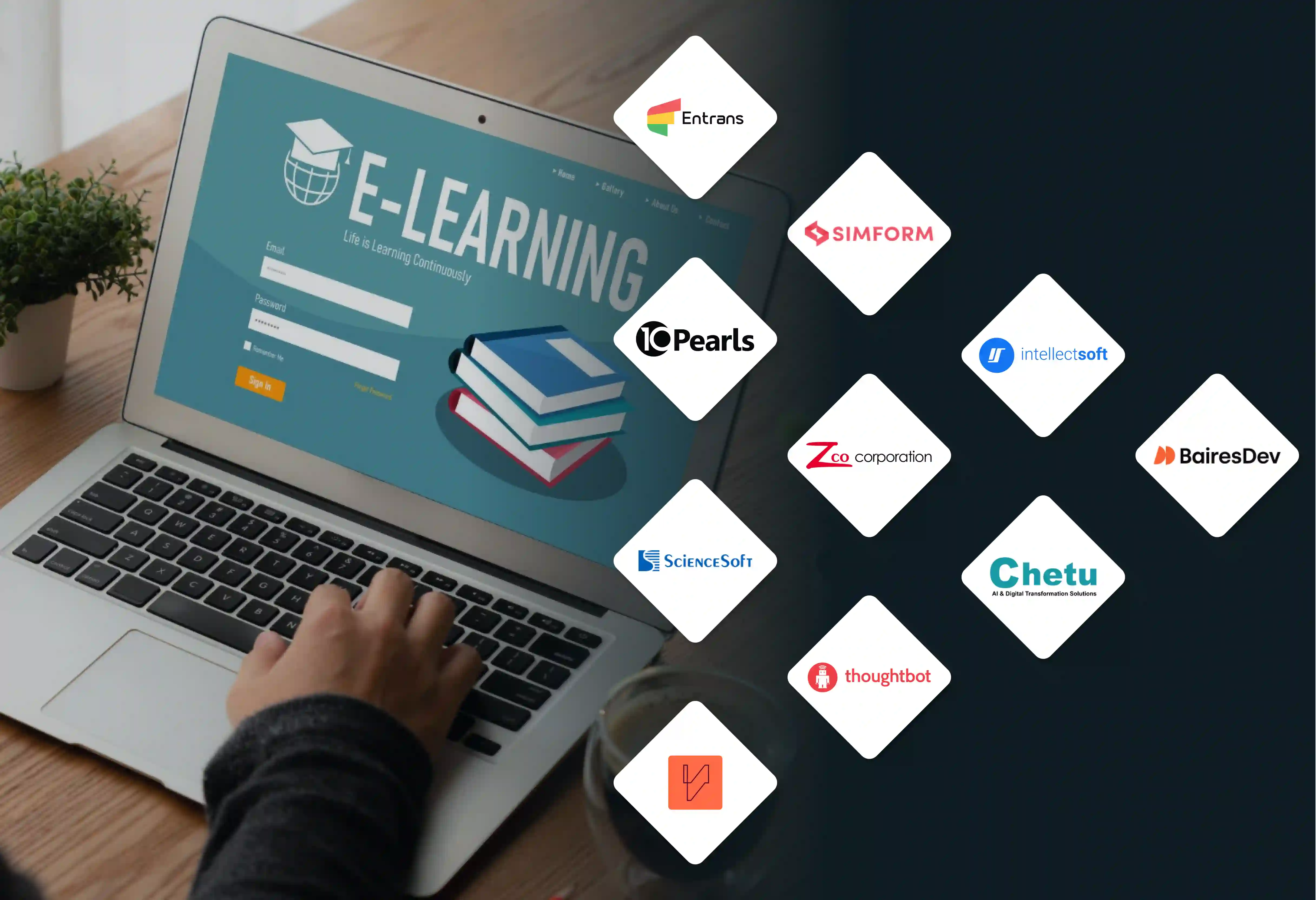


85% of IT leaders admit their workforce isn’t prepared for future challenges. The demand for advanced technology skills is skyrocketing, but talent? Not so much.
Skills shortages in GenAI, AI/ML, cybersecurity, and data platforms hamper progress.
With IT roles evolving faster than ever, CIOS must become hyper-aware of hiring and developing talent to hit your benchmarks.
Easier said than done? Here’s how you make sure your workforce is both talented and drives innovation in your company.
CIOs must assess future workforce needs by identifying gaps in current capabilities and matching them with emerging trends.
High-demand skills like generative AI, cybersecurity, and advanced data platforms will shape tomorrow's business landscape. By proactively addressing these needs, leaders can position their teams for long-term success. Focus on high-demand areas like:
Go beyond traditional IT roles by tapping into business technologists—employees outside of IT who use technology to drive outcomes. These force multipliers bridge the gap between business and technology.
Traditional recruiting methods WON’T cut it, you'll likely need to focus more on reactive approaches to reach passive candidates. Personalize outreach efforts to showcase what makes your organization unique.
According to a survey conducted by International Data Corporation (IDC) more than 90% of organizations will face an IT skills shortage by 2026. This means nurturing and attracting new talent is more important now more than ever.
Highlight your commitment to growth and flexibility to attract attention from top performers.
Job descriptions should inspire, not just inform. Use language that reflects your company’s mission and values while emphasizing growth opportunities. This approach appeals to candidates who seek purpose in their work and opportunities to make an impact.
How your IT department is perceived can influence your ability to attract talent. Promote your team’s successes across social channels, industry events, and professional networks. A strong brand identity sets your team apart in a competitive hiring landscape.
Work-life balance isn’t just a perk; it’s a priority. Flexible schedules, remote options, and hybrid models show employees you value their well-being. Meeting these expectations keeps your top talent engaged and invested in your success.
Learning opportunities are key to retaining talent. Regular training programs, mentorships, and cross-functional projects help employees grow their skills.
And we’re not alone in saying this - according to a 2023 report by the Linux Foundation over 48% of tech organizations prioritize upskilling their new hires.
A strong learning culture drives both individual and organizational progress. Prioritize:
Modern EVPs should emphasize meaningful work, personal growth, and a supportive environment. A “human deal” framework highlights the importance of creating connections that go beyond compensation. Show employees how their roles contribute to the bigger picture.
Design organizational structures that adapt to change. Use cross-functional teams to break down silos and enhance collaboration between IT and business units.
Align with HR and executive leadership to secure buy-in for new strategies. Show how talent investments drive business outcomes.
Metrics are essential to showcase progress. Track retention rates, time-to-hire, and the impact of upskilling initiatives on project outcomes.
In a competitive talent landscape, CIOs must become champions of workforce transformation. This means hiring talent that can handle roadblocks with a support system that is used to circumnavigate tech issues with generative AI and making use of the right tech stack to boost performance.
For CIOs and CTOs, addressing skill gaps, reimagining work environments, and aligning talent strategies with business objectives, CIOs can secure the human capital needed to drive innovation and growth.
Ready to transform your organization’s talent strategy? Use these insights to stay ahead of the curve and build a workforce designed for the future.






